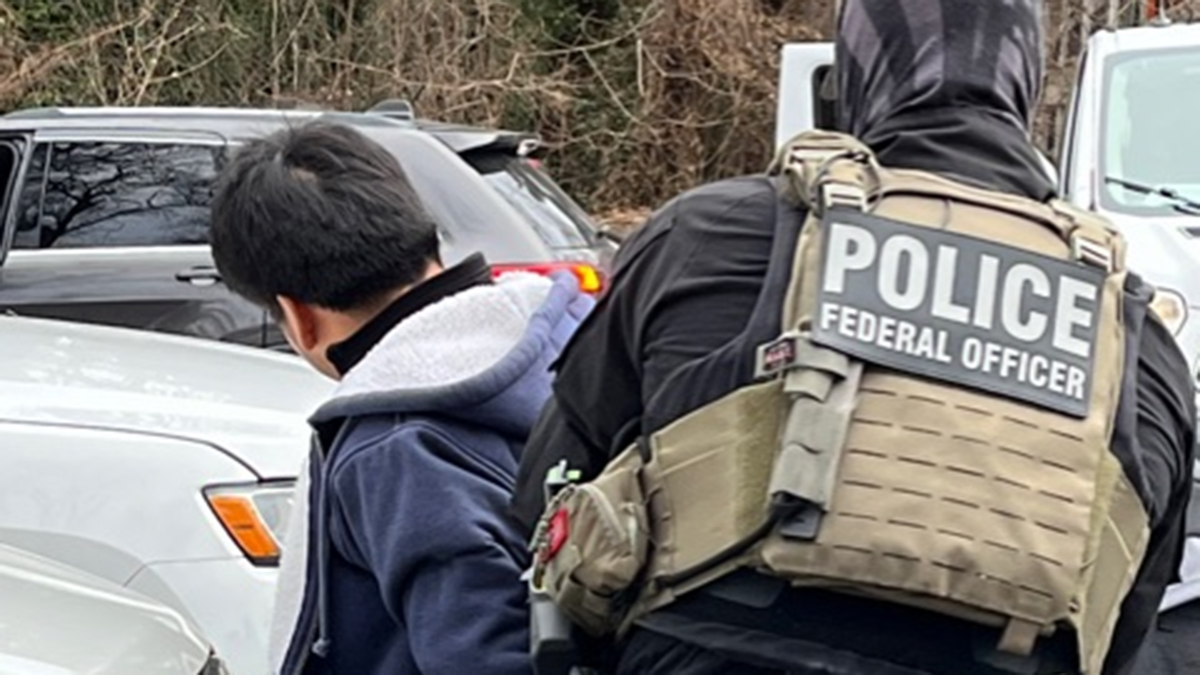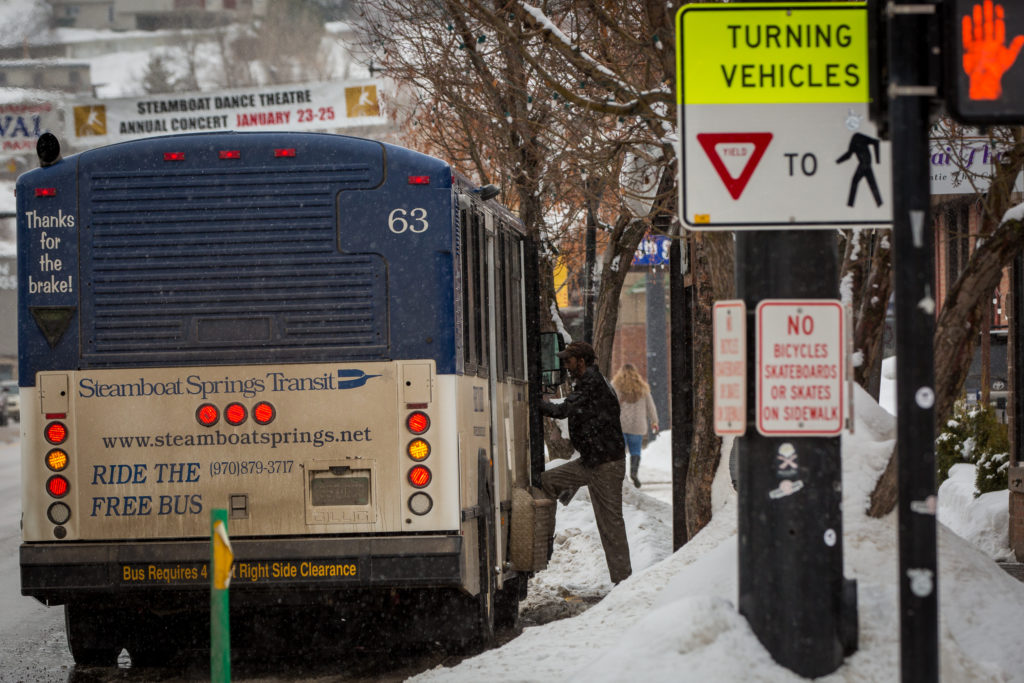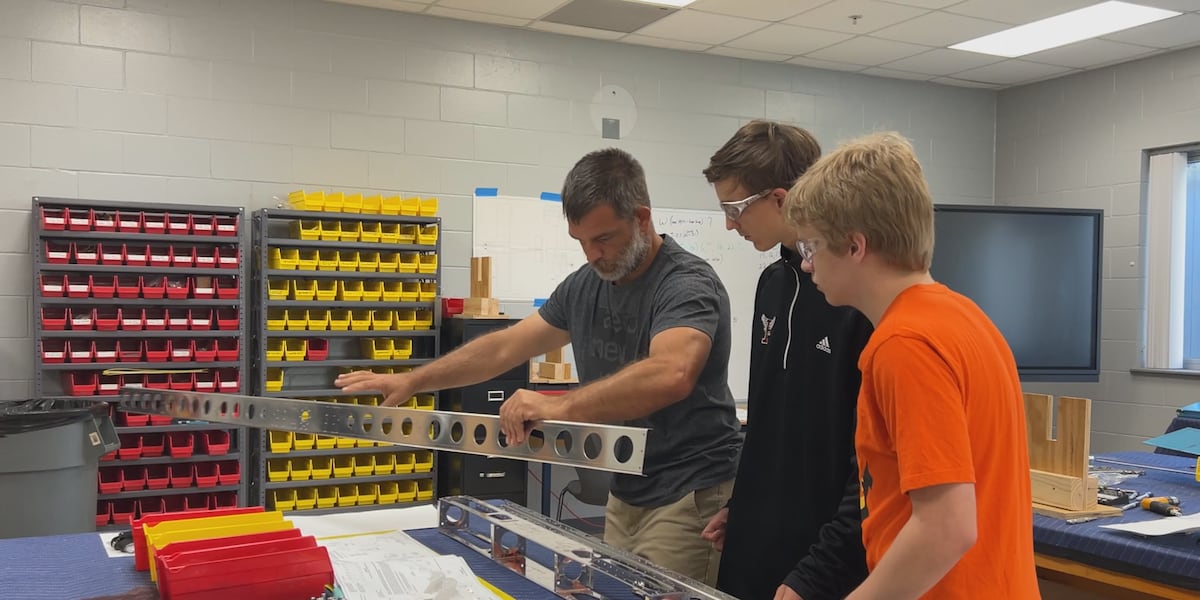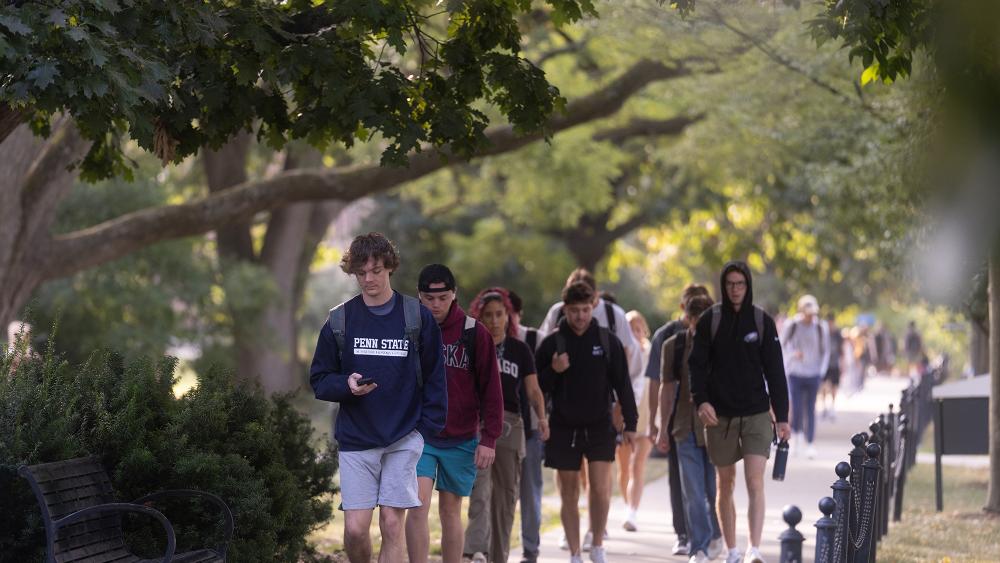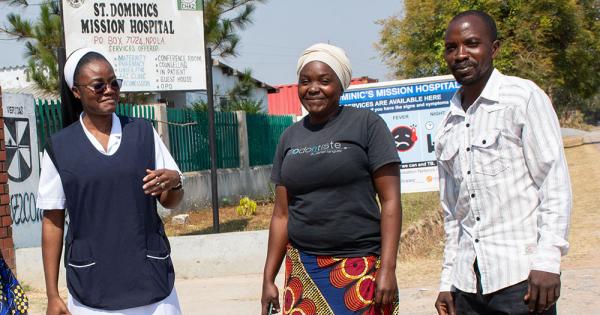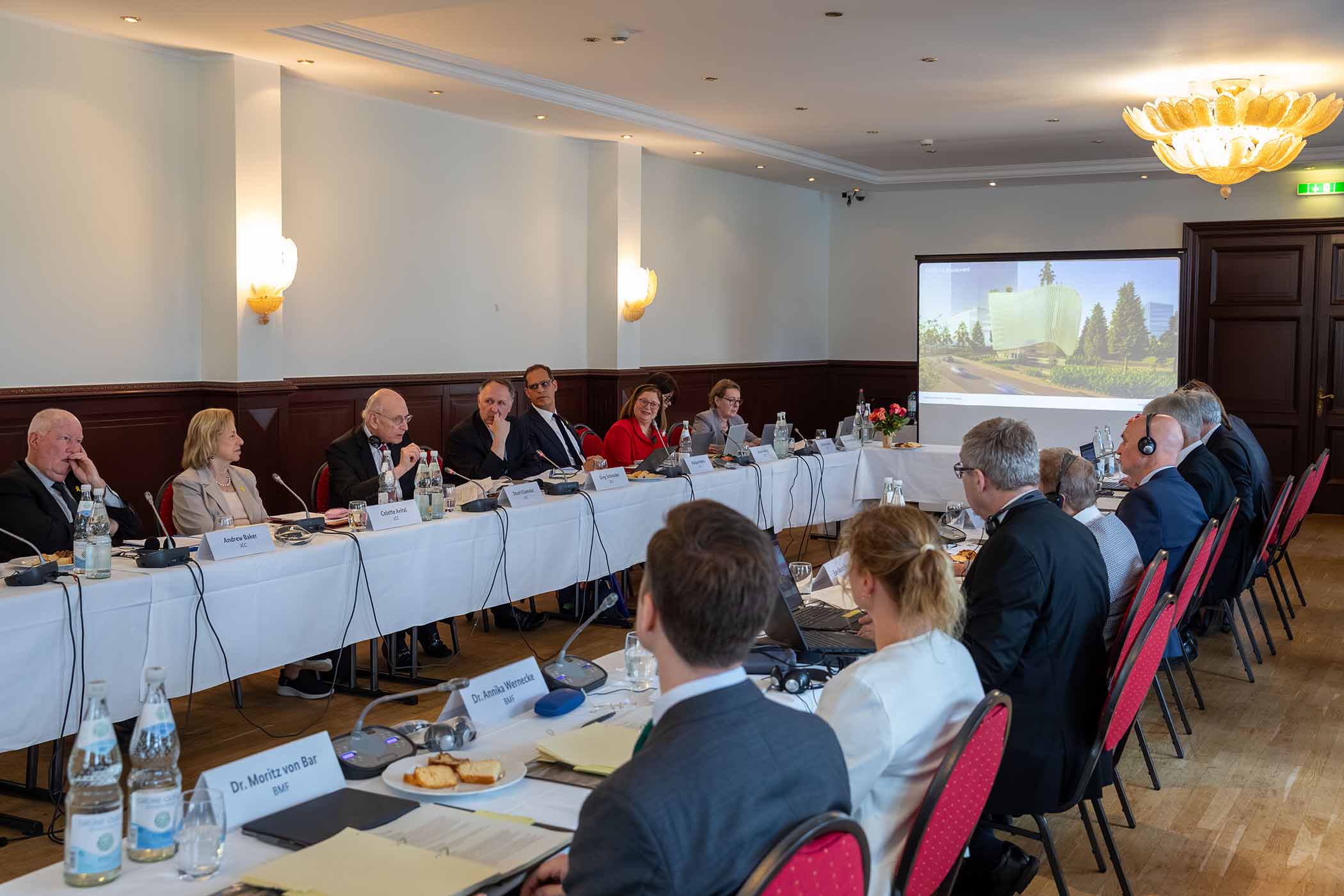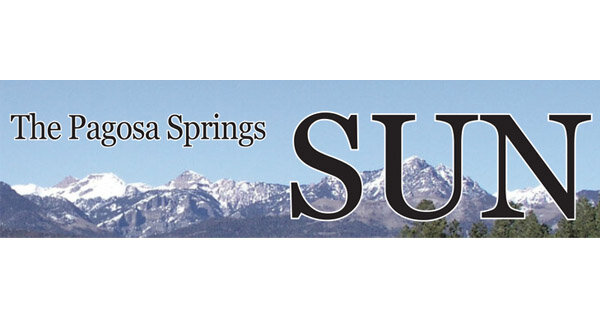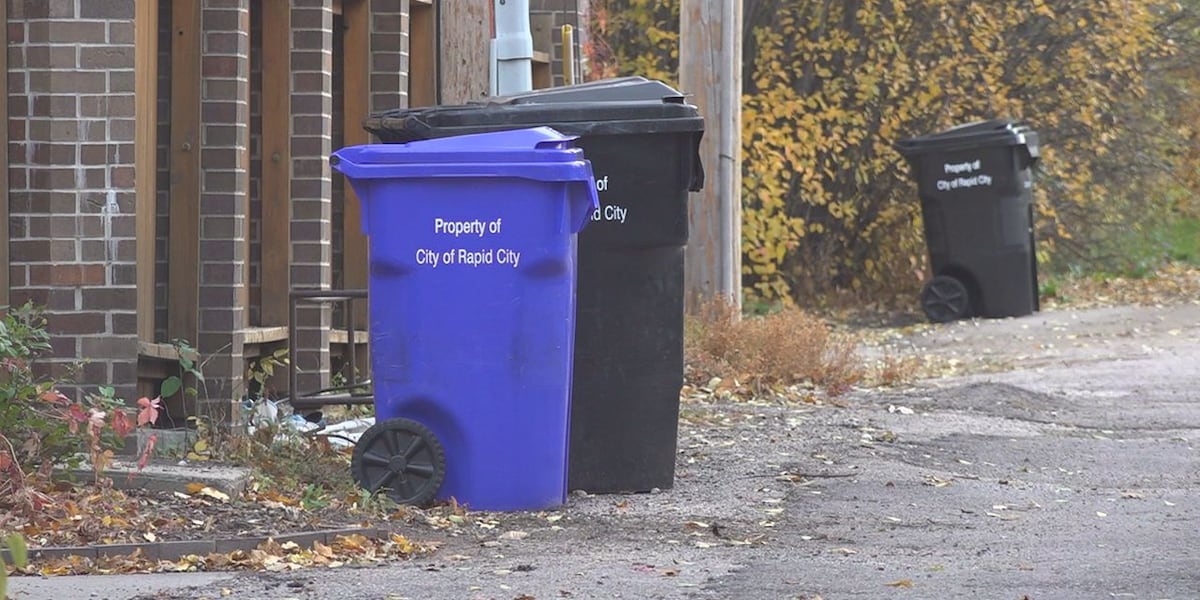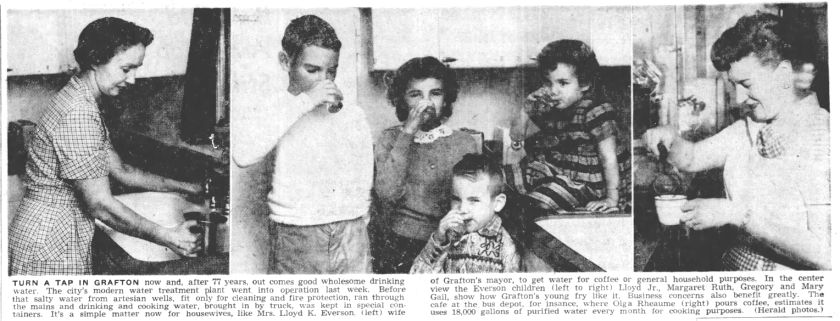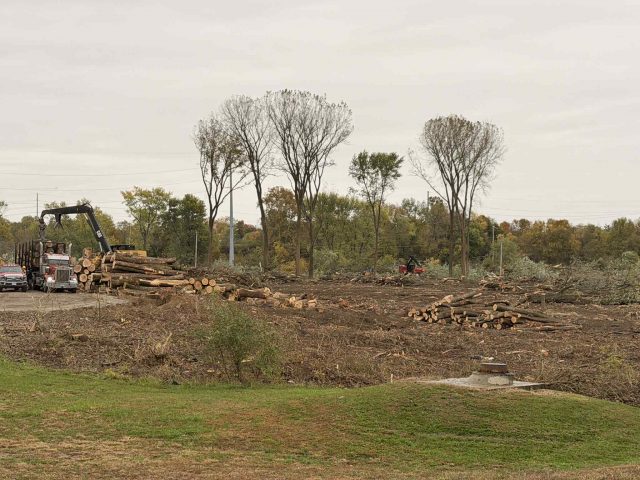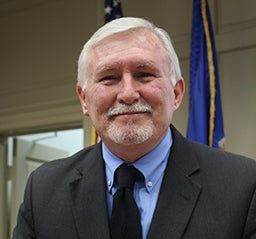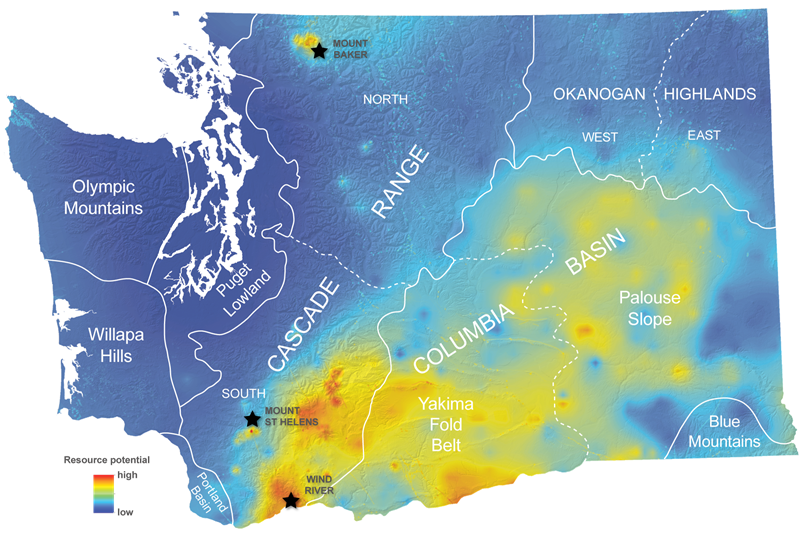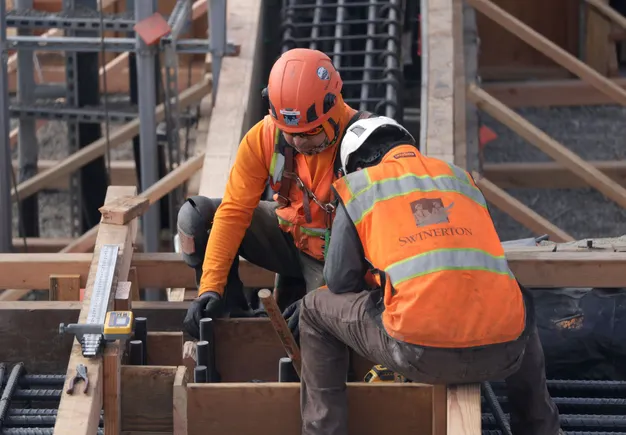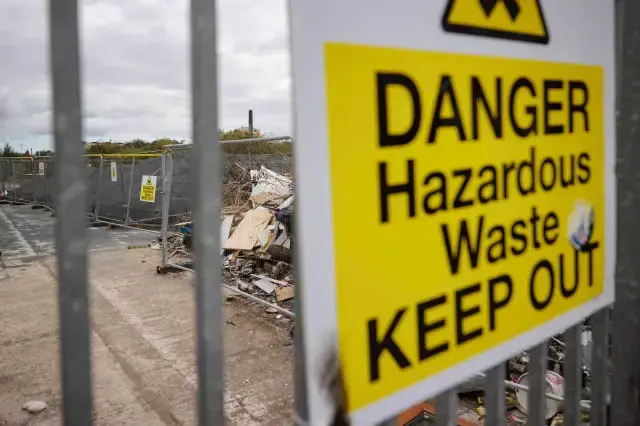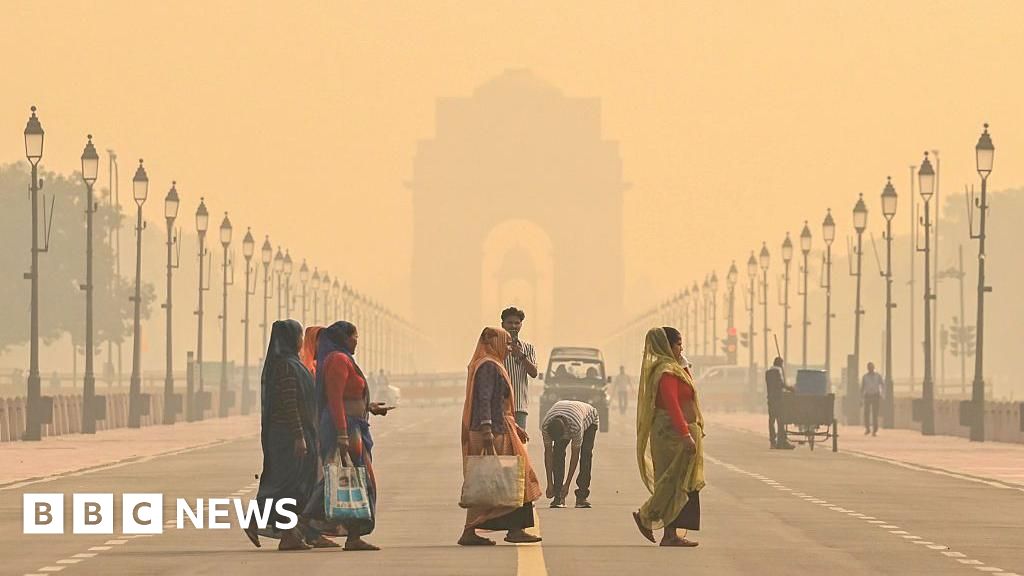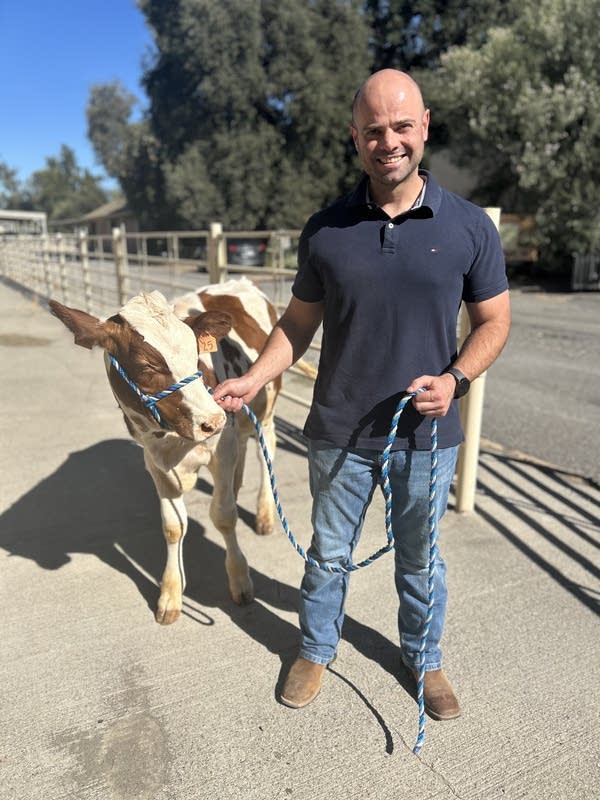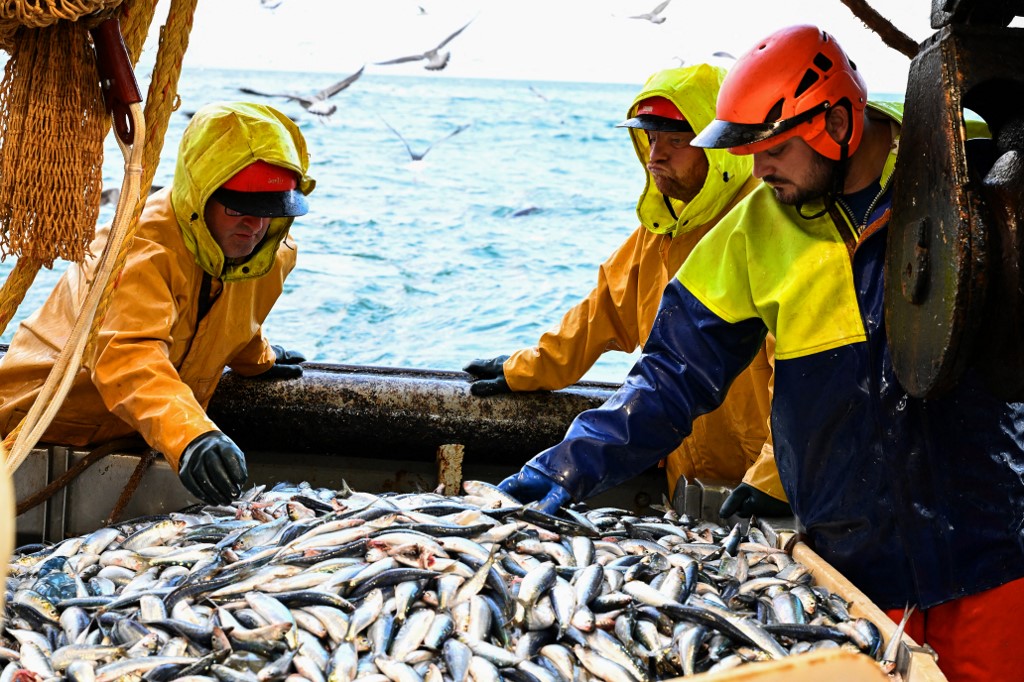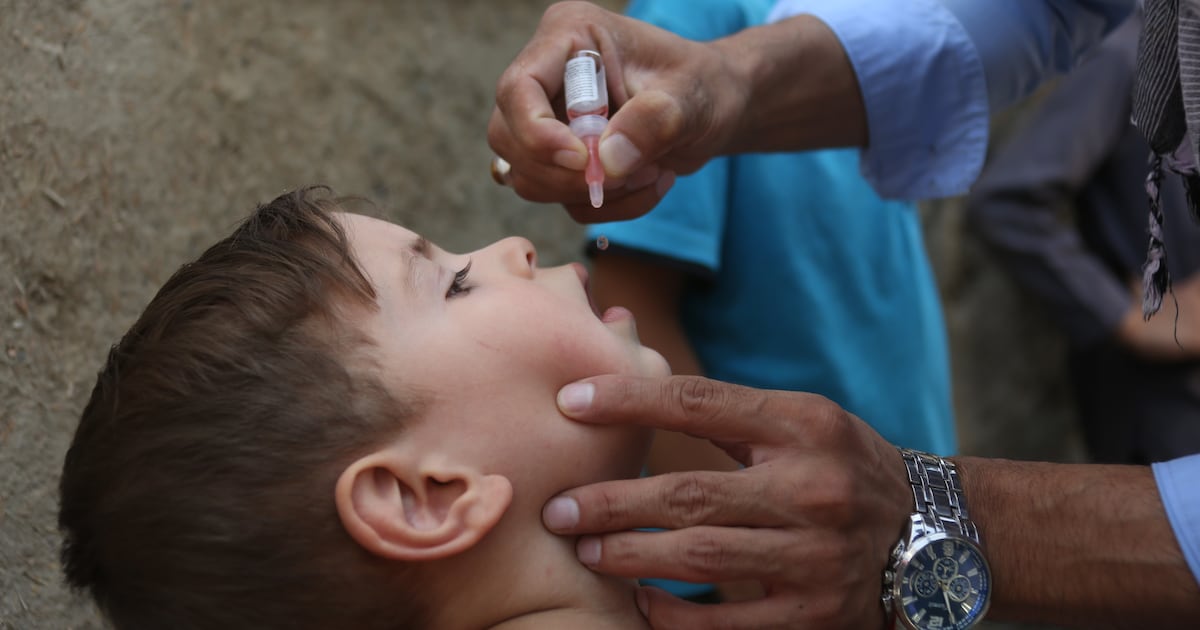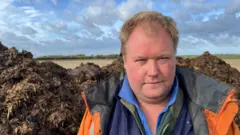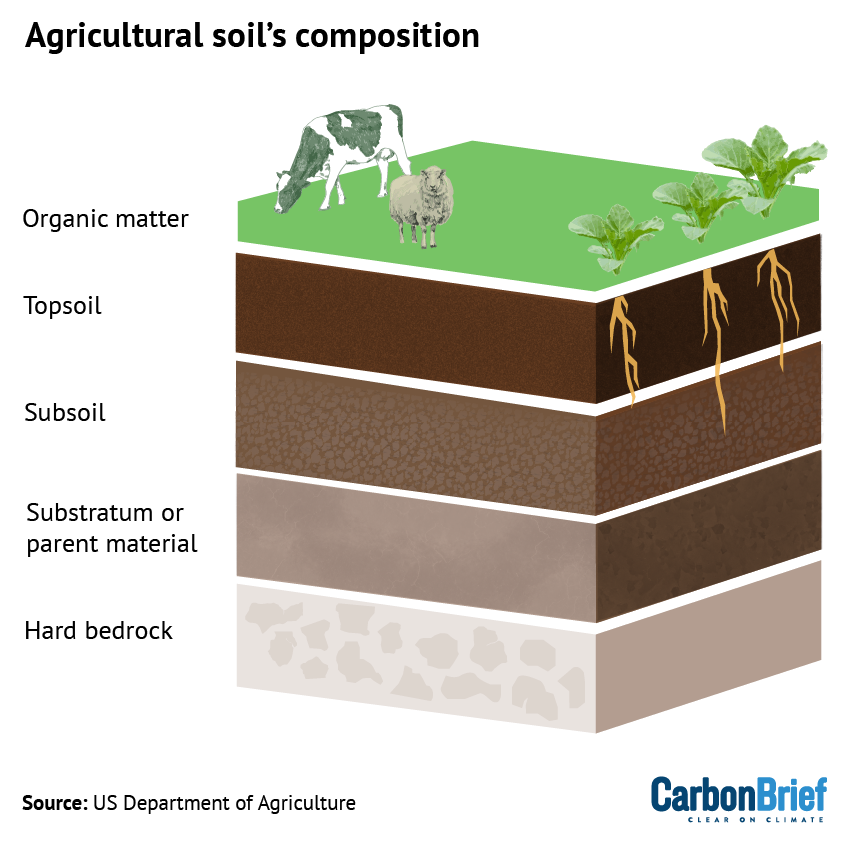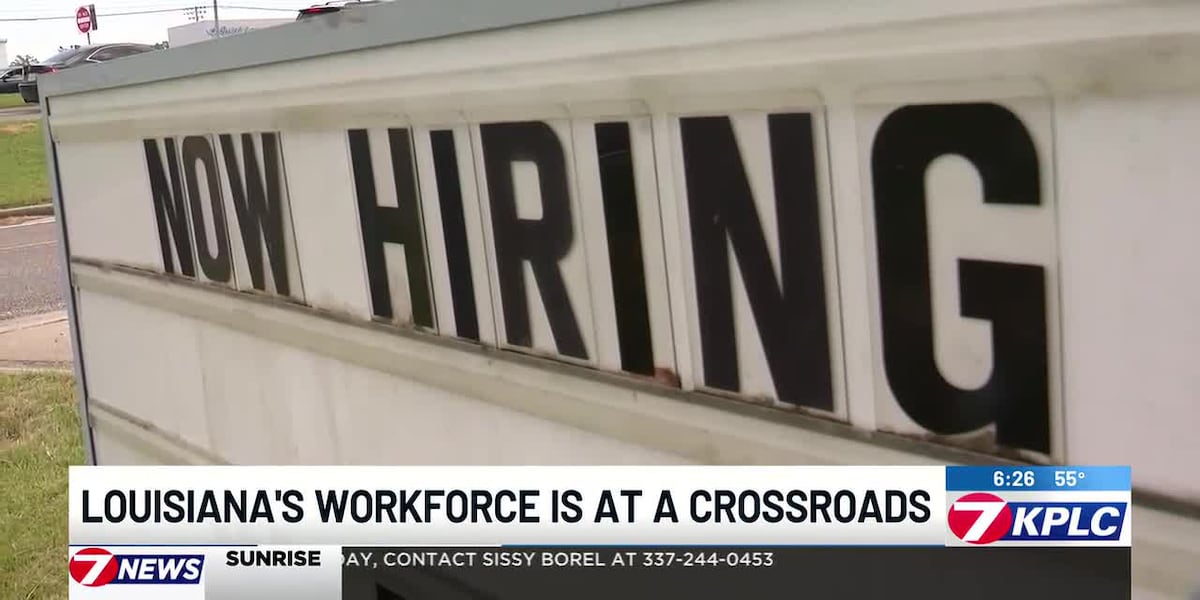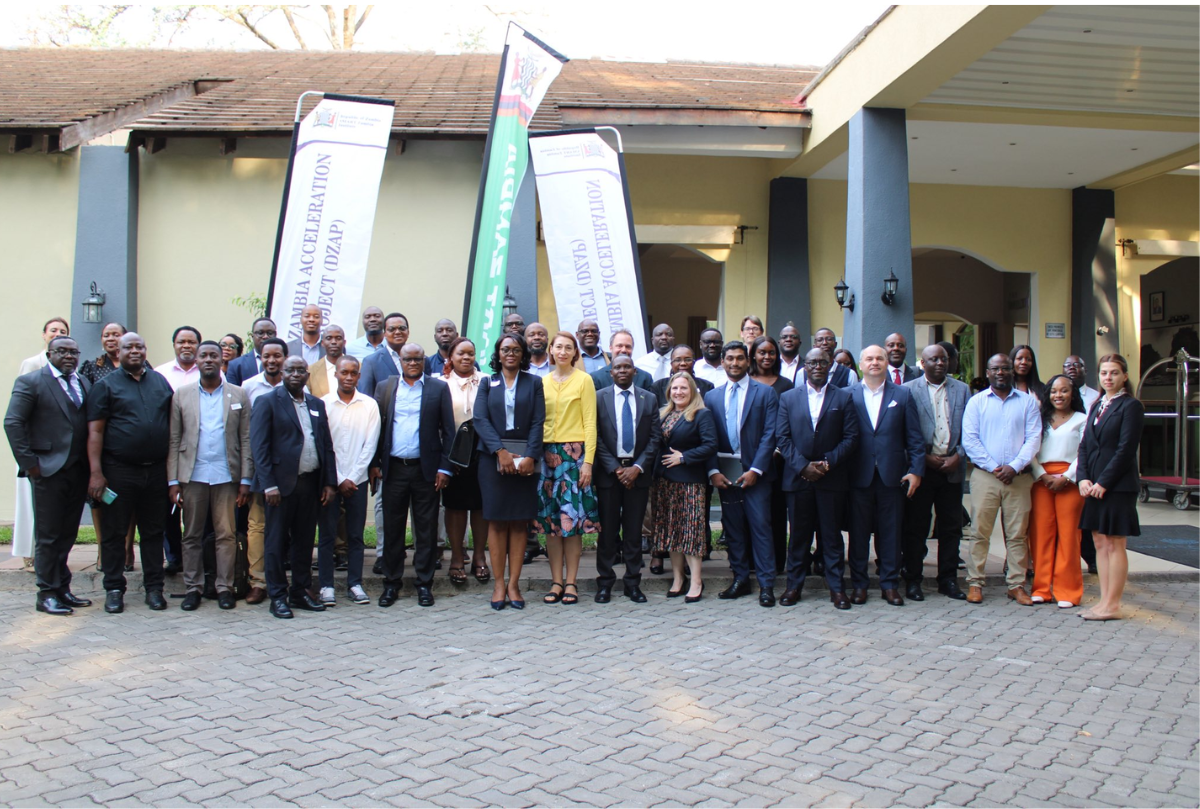Sierra Club of Iowa releases report on loss of wetlands, prairies – Radio Iowa

Report on Iowa’s Habitat Degradation and Proposed Restoration in Alignment with Sustainable Development Goals
Executive Summary
A report issued by the Iowa Chapter of the Sierra Club outlines the critical loss of natural habitats within the state and presents an urgent call for action. The findings and proposed solutions directly address the United Nations Sustainable Development Goals (SDGs), with a primary focus on SDG 15 (Life on Land) and significant implications for SDGs 6, 11, and 13.
Analysis of Ecosystem Loss
According to Drake University Professor Thomas Rosburg, Iowa has experienced profound environmental degradation over the last 200 years, resulting in a landscape where biodiversity is severely threatened. The key findings include:
- A loss of over 90% of the state’s original wetlands and prairies.
- A reduction of approximately 75% in forest and woodland areas.
- Severe fragmentation of the remaining native ecosystems, isolating plant and animal populations.
Implications for SDG 15: Life on Land
The report’s findings illustrate a direct challenge to the targets of SDG 15, which calls for the protection, restoration, and sustainable use of terrestrial ecosystems and an end to biodiversity loss.
- Halting Biodiversity Loss (Target 15.5): The disappearance of millions of individual plants and animals, as noted in the report, signifies a failure to halt biodiversity loss and reduce the degradation of natural habitats.
- Reversing Land Degradation (Target 15.3): The large-scale conversion of diverse landscapes into fragmented parcels represents significant land degradation that must be reversed to restore ecosystem productivity and resilience.
Proposed Solutions for Sustainable Development
To address this environmental crisis, the report recommends strategic actions focused on creating habitat corridors to reconnect fragmented areas. These actions align with SDG Target 15.1, which mandates the conservation and restoration of terrestrial and inland freshwater ecosystems.
- Establish Riparian Corridors: Expand and improve habitat corridors along the state’s streams and rivers. This would create vital links between Iowa’s remaining prairies, wetlands, and forests, facilitating species movement.
- Develop Roadside Corridors: Utilize land alongside roadways by planting native grasses and wildflowers. This initiative is already being implemented by 62 counties and 25 cities, demonstrating a scalable model for integrating biodiversity into public infrastructure.
Multi-Goal Impact of Proposed Actions
The implementation of these habitat corridors offers benefits that extend across several Sustainable Development Goals.
- SDG 6 (Clean Water and Sanitation): Creating corridors along rivers and streams helps protect and restore water-related ecosystems (Target 6.6), improving water quality and habitat for aquatic life.
- SDG 11 (Sustainable Cities and Communities): The participation of 25 cities in roadside habitat projects demonstrates an effort to safeguard natural heritage and create green public spaces within and around communities (Targets 11.4 and 11.7).
- SDG 13 (Climate Action): Restoring native ecosystems like prairies and forests enhances carbon sequestration and builds resilience against the impacts of climate change.
1. Which SDGs are addressed or connected to the issues highlighted in the article?
The article on habitat loss in Iowa primarily addresses issues related to Sustainable Development Goal 15 (Life on Land). It also has connections to SDG 6 (Clean Water and Sanitation) and SDG 11 (Sustainable Cities and Communities) due to the specific ecosystems and solutions discussed.
-
SDG 15: Life on Land
This is the most relevant SDG. The article’s core theme is the loss of terrestrial ecosystems and biodiversity in Iowa. It explicitly mentions the loss of “prairies,” “forests and woodlands,” and the fragmentation of these habitats, which directly threatens terrestrial life. The statement that “millions and millions of individual plants and animals that once were here are now simply gone” and that “biodiversity is threatened” aligns perfectly with the goal of protecting, restoring, and promoting the sustainable use of terrestrial ecosystems.
-
SDG 6: Clean Water and Sanitation
The article connects to this goal through its specific mention of wetland loss. It states that “Iowa has lost more than 90% of its wetlands.” Wetlands are critical water-related ecosystems that filter water and support freshwater biodiversity. The proposal to expand habitat corridors “along streams and rivers” also directly relates to protecting and restoring freshwater ecosystems, which is a key component of SDG 6.
-
SDG 11: Sustainable Cities and Communities
A connection to this SDG is established through the proposed solutions. The article mentions that “25 cities in Iowa” are adding native grasses and wildflowers alongside roadways. This action represents an effort to integrate green infrastructure and biodiversity into urban and community planning, contributing to the creation of more sustainable and resilient communities.
2. What specific targets under those SDGs can be identified based on the article’s content?
Several specific targets can be identified based on the problems and solutions presented in the article.
-
Target 15.1: Conserve and restore terrestrial and freshwater ecosystems
The article directly relates to this target by highlighting the massive loss of key ecosystems. The statement that Iowa has lost “more than 90% of its wetlands and prairies and around three-quarters of its forests and woodlands” underscores the urgent need for conservation and restoration, which is the essence of this target.
-
Target 15.5: Take urgent action to halt the loss of biodiversity and prevent the extinction of threatened species
The article’s call for “urgent action” to address habitat loss aligns with this target. The description of the landscape as one “where biodiversity is threatened” and the fact that millions of organisms are “simply gone” points directly to the degradation of natural habitats and the loss of biodiversity that this target aims to halt.
-
Target 15.9: Integrate ecosystem and biodiversity values into national and local planning
The proposed solution to use roadways as corridors by planting “native grasses and wildflowers” is a clear example of integrating biodiversity values into local infrastructure planning. The mention that “Sixty-two counties and 25 cities in Iowa do this” demonstrates that this integration is already happening at the local level, as called for by this target.
-
Target 6.6: Protect and restore water-related ecosystems
This target is relevant due to the specific mention of the loss of “more than 90% of its wetlands” and the proposal to create habitat corridors “along streams and rivers.” These actions are central to the protection and restoration of water-related ecosystems.
3. Are there any indicators mentioned or implied in the article that can be used to measure progress towards the identified targets?
Yes, the article contains several quantitative and qualitative pieces of information that can serve as indicators to measure the state of the problem and the progress of the solutions.
-
Indicator for Target 15.1 (and 6.6): Extent of specific ecosystems
The article provides baseline data on habitat loss that can be used as an indicator. The figures “Iowa has lost more than 90% of its wetlands and prairies and around three-quarters of its forests and woodlands” serve as a stark measure of the current extent of these ecosystems relative to their historical state. Progress would be measured by halting further loss and increasing the area of restored habitats.
-
Indicator for Target 15.5: Status of biodiversity
While not a formal index, the article provides a qualitative indicator of biodiversity loss with the statement that “millions and millions of individual plants and animals that once were here are now simply gone.” It also notes that the remaining ecosystem is “largely fragmented,” which is an indicator of habitat degradation that directly impacts species survival.
-
Indicator for Target 15.9: Integration of biodiversity into local policy
The article provides a specific, measurable indicator of progress on this front. The fact that “Sixty-two counties and 25 cities in Iowa” have adopted the practice of planting native species along roadways is a quantifiable measure of how many local governments are integrating biodiversity into their planning and management practices.
4. Create a table with three columns titled ‘SDGs, Targets and Indicators” to present the findings from analyzing the article. In this table, list the Sustainable Development Goals (SDGs), their corresponding targets, and the specific indicators identified in the article.
| SDGs | Targets | Indicators |
|---|---|---|
| SDG 15: Life on Land |
15.1: Conserve and restore terrestrial and freshwater ecosystems.
15.5: Take urgent action to halt the loss of biodiversity. 15.9: Integrate ecosystem and biodiversity values into local planning. |
– Loss of “around three-quarters of its forests and woodlands.” – Loss of over 90% of prairies. – “Biodiversity is threatened.” – “Sixty-two counties and 25 cities” are planting native grasses and wildflowers along roadways. |
| SDG 6: Clean Water and Sanitation | 6.6: Protect and restore water-related ecosystems. |
– Loss of “more than 90% of its wetlands.” – Call to expand corridors “along streams and rivers.” |
| SDG 11: Sustainable Cities and Communities | (Implied) 11.7: Provide access to green and public spaces. | – “25 cities” are creating green corridors by planting native species along roadways. |
Source: radioiowa.com

What is Your Reaction?
 Like
0
Like
0
 Dislike
0
Dislike
0
 Love
0
Love
0
 Funny
0
Funny
0
 Angry
0
Angry
0
 Sad
0
Sad
0
 Wow
0
Wow
0


